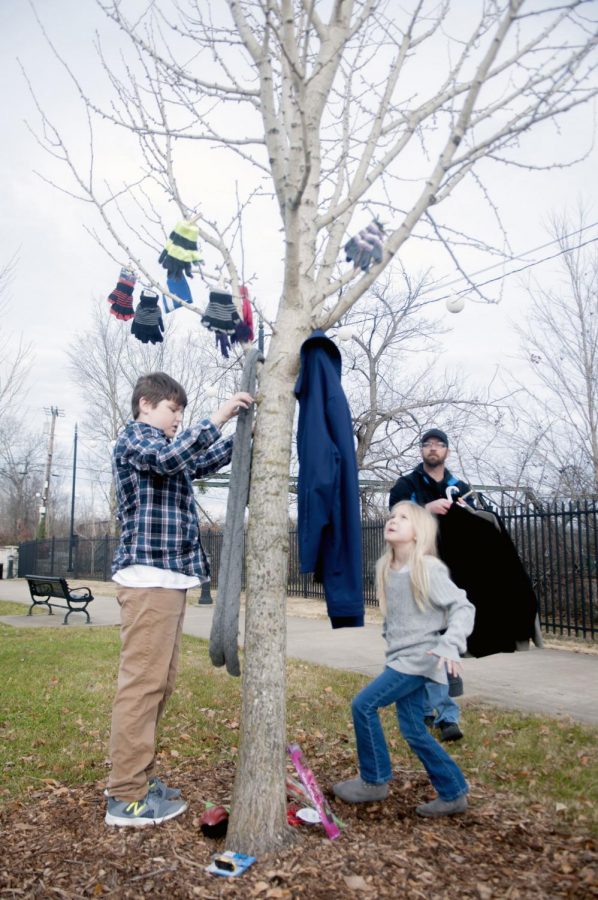Hothouse Earth Is a Threat More Than Ever
October 17, 2018
The temperatures are rising and so are the dangers of hothouse Earth. About every decade the temperature is rising 1 °C. Scientists believe that with a global warming of 2°C may trigger a domino effect that we can’t help at all to turn around.
The hothouse earth predictions may soon become a reality; it may be difficult or even impossible to live here. The climate could potentially rise so high that life on earth would be impossible.
Hothouse earth can get hotter during hyperthermal events that are triggered by sudden carbon dioxide releases from volcanic bursts.
The larger these bursts are the more potential damage it’s capable of doing. Like the end of the Permian period, which was 251 million years ago, where most life ended from the extreme heat wave.
Recently California has struggled to contain and end the largest-ever wildfire. Around the same time Spain and Portugal were battling record-breaking temperatures.
Deadly heat waves are becoming more and more common on the northern hemisphere; scientists have proof that this is a man-made climate change.
Extremely hot temperatures could result in a sea level rise up to 60 meters which is 197 feet. In the past 1.2 million years the sea levels have risen way higher than any time in the Holocene, which was over 12,000 years ago.
Global warming is not just a little more sun or something we have to worry about for the polar bears.
The air quality is a huge problem with people burning fossil fuels and we have to eventually breathe that in. A bigger problem is the wildfires and all the smoke that carries fine particles that could get deep into your lungs.
Warmer weather also increases diseases spreads by insects like mosquitoes, fleas, mites, and ticks.
On top of all that there is an increase of droughts, and when there is rainfall the water doesn’t soak into the soil, quickly runs into rivers and can easily flood.
Even though your just one person out of millions you still can do little things to help, including riding a bike instead of driving, or do car-pool. Use energy-efficient light bulbs or unplug things like computers, TV’s, and other electronics when you’re not using them.


